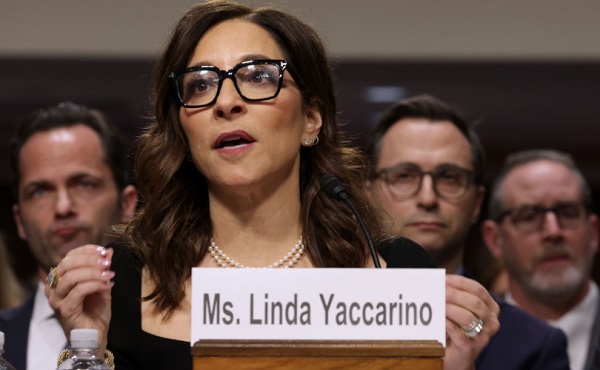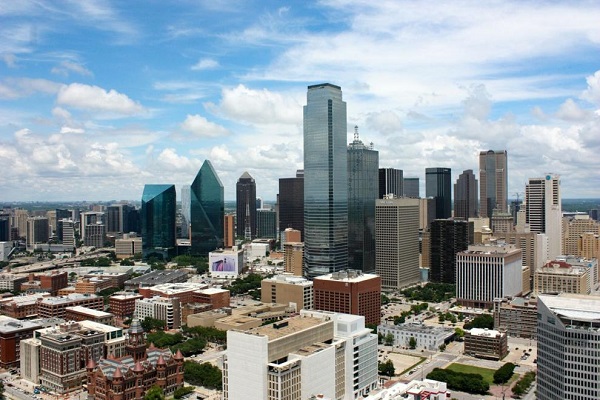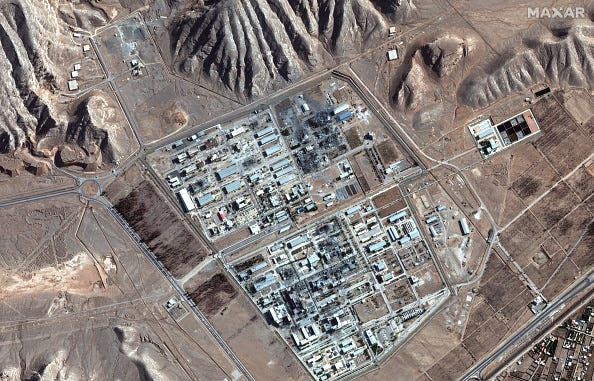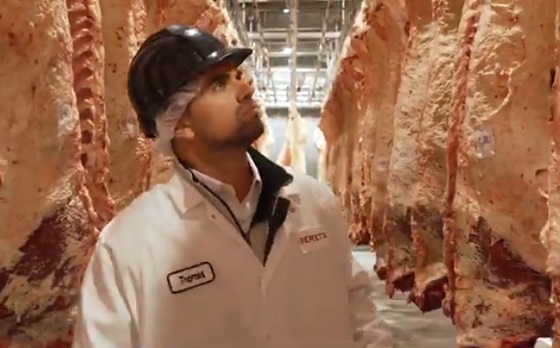Alberta
Alberta taking feds to court to challenge legality of heating oil carbon tax exemption

Accountability for Ottawa’s carbon tax double standard
Alberta’s government has filed an application at the federal court challenging the constitutionality and legality of Canada’s heating oil carbon tax exemption.
Alberta’s government is standing up against the federal government’s carbon tax exemption for heating oil to protect Albertans from the double standard Ottawa has created with the carbon tax, which means Albertans continue to pay carbon taxes to stay warm in winter.
Last fall, after years of insisting that the carbon tax is applied equally across Canada, the federal government exempted the carbon tax for heating oils, which are used predominantly in Atlantic Canada and Quebec. Over the last year, the federal government has refused multiple requests to grant a similar carve-out on other heating methods from Alberta and others across the country who are also facing rising costs of living.
Alberta’s government will now take this fight to the courts. Alberta filed an application seeking judicial review of the exemption with the Federal Court on Oct. 29, asking the court to declare that the exemption is both unconstitutional and unlawful. The application argues that Ottawa’s carbon tax exemption for heating oil is unconstitutional and inconsistent with the Government of Canada’s stated purpose for enacting the Greenhouse Gas Pollution Pricing Act.
“Last year, Ottawa decided Canadians in the East deserved a three-year break from paying the carbon tax on their home heating costs. While we’re happy for these Canadians, Alberta, Saskatchewan and other provinces who heat their homes with natural gas have been deliberately excluded from these savings. Albertans simply cannot stand by for another winter while the federal government picks and chooses who their carbon tax applies to. Since they won’t play fair, we’re going to take the federal government back to court.”
While the Supreme Court of Canada previously found the Greenhouse Gas Pollution Pricing Act was constitutional, it found that Canada’s jurisdiction to regulate greenhouse gas emissions was limited to the ability to create minimum national standards for carbon pricing for the purpose of reducing greenhouse gas emissions.
Alberta strongly opposes the federal carbon tax exemption on heating oil, as the federal government is no longer creating minimum national standards that apply evenly across the country, and is instead creating a regime that favours one region and fuel type over others.
“This exemption is not only unfair to the vast majority of Canadians, but it is also unlawful as the federal government does not have the authority to make special exemptions for certain parts of the country under the Greenhouse Gas Pollution Pricing Act. The federal government isn’t even following its own laws now. Someone needs to hold them accountable, and Alberta is stepping up to do just that.”
The federal carbon tax adds to the rising cost of living for all Canadians. By 2030, it will cost Canadians $25 billion every year, in addition to lowering the gross domestic product (GDP) by $9 billion. In addition, the Bank of Canada has estimated that the federal carbon tax increases inflation by 0.15 per cent year over year.
Quick facts
- Since Apr. 1, 2024, Albertans have been paying around 35 cents in federal taxes on every litre of fuel – along with the carbon tax, that also includes the federal excise tax and the GST.
- The following percentage of households use home heating oil by province:
- Forty per cent in Prince Edward Island
- Thirty-two per cent in Nova Scotia
- Eighteen per cent in Newfoundland and Labrador
- Seven per cent in New Brunswick
- Four per cent in Quebec
- Two per cent in Ontario
- One per cent in British Columbia
- Less than one per cent in Alberta, Saskatchewan and Manitoba
Alberta
Alberta school boards required to meet new standards for school library materials with regard to sexual content

Alberta’s government has introduced new standards to ensure school library materials are age-appropriate.
School libraries should be safe and supportive places where students can learn and explore without being exposed to inappropriate sexual content. However, in the absence of a consistent standard for selecting age-appropriate library materials, school boards have taken different approaches, leading to concerns about safeguards in place.
In response to these concerns, and informed by feedback from education partners and the public, Alberta’s government has created standards to provide school boards with clear direction on the selection, availability and access to school library materials, such as books.
“Our actions to ensure that materials in school libraries don’t expose children to sexual content were never about banning books. These new standards are to ensure that school boards have clear guidance to ensure age-appropriate access to school library materials, while reflecting the values and priorities of Albertans.”
The new standards set clear expectations for school library materials with regard to sexual content and require school boards to implement policies to support these standards.
Standards for school library materials
Under the new standards, school libraries are not permitted to include library materials containing explicit sexual content. Non-explicit sexual content may be accessible to students in Grade 10 and above, provided it is age-appropriate.
“Protecting kids from explicit content is common sense. LGBTQ youth, like all children, deserve to see themselves in stories that are age-appropriate, supportive and affirming – not in material that sexualizes or confuses them.”
School boards must also regularly review their school library collections, publish a full list of available materials and ensure that a staff member supervises students’ access to school library materials. School boards will have to remove any materials with explicit sexual content from their school libraries by October 1.
School board policies and procedures
All school boards must have publicly available policies that align with the new standards for selecting and managing library materials by January 1, 2026. School boards can either create new policies or update existing ones to meet these requirements.
These policies must outline how school library materials are selected and reviewed, how staff supervise students’ access throughout the school day, and how a student, parent, school board employee or other member of the school community can request a review or removal of materials in the school library. School boards are also required to clearly communicate these policies to employees, students and parents before January 2026.
“A robust, grade- and age-appropriate library catalogue is vital for student success. We welcome the ministry’s initiative to establish consistent standards and appreciate the ongoing consultation to help craft a plan that will serve our families and communities well.”
“Red Deer Public Schools welcomes the new provincial standards for school library materials. Our division is committed to maintaining welcoming, respectful learning spaces where students can grow and thrive. Under the new standards for school libraries, we remain dedicated to providing learning resources that reflect our values and support student success.”
Quick facts
- The new standards will apply to public, separate, francophone, charter and independent schools.
- The ministerial order does not apply to municipal libraries located within schools or materials selected for use by teachers as learning and teaching resources.
- From May 26 to June 6, almost 80,000 people completed an online survey to provide feedback on the creation of consistent standards to ensure the age-appropriateness of materials available to students in school libraries.
Related information
- Ministerial Order
- School library standards engagement
- Reference Materials: Content warning: this document contains graphic content that may be disturbing to viewers and is not appropriate for young viewers. Viewer discretion is advised.
Alberta
Fourteen regional advisory councils will shape health care planning and delivery in Alberta

Regional health councils give Albertans a voice
Albertans want a health care system that reflects where they live and adapts to the unique needs of their communities. As part of the province’s health care refocus, Alberta’s government committed to strengthening community voices by providing more opportunities for Albertans to bring forward their local priorities and offer input on how to improve the system.
The regional advisory councils, made up of 150 members from 71 communities, will advise Alberta’s four health ministries and the newly refocused health agencies: Primary Care Alberta, Acute Care Alberta, Assisted Living Alberta and Recovery Alberta. Each council will explore solutions to local challenges and identify opportunities for the health system to better support community decision-making.
“By hearing first-hand community feedback directly, we can build a system that is more responsive, more inclusive and ultimately more effective for everyone. I am looking forward to hearing the councils’ insights, perspectives and solutions to improve health care in all corners of our province.”
“Regional advisory councils will strengthen acute care by giving communities a direct voice. Their insights will help us address local needs, improve patient outcomes and ensure timely access to hospital services.”
“A ‘one-size-fits-all’ approach does not address unique regional needs when it comes to mental health and addiction challenges. These councils will help us hear directly from communities, allowing us to tailor supports and services to meet the needs of Albertans where they are.”
“Every community has unique needs, especially when it comes to seniors and vulnerable populations. These regional advisory councils will help us better understand those needs and ensure that assisted living services are shaped by the people who rely on them.”
Members include Albertans from all walks of life, health care workers, community leaders, Indigenous and municipal representatives, and others with a strong tie to their region. About one-third of members work in health care, and more than half of the council chairs are health professionals. Almost one-quarter are elected municipal officials, including 10 serving as chairs or vice-chairs. Ten councils also include a representative from a local health foundation.
Council members will share local and regional perspectives on health care services, planning and priorities to help ensure decisions reflect the realities of their communities. By engaging with residents, providers and organizations, they will gather feedback, identify challenges and bring forward ideas that may not otherwise reach government.
Through collaboration and community-informed solutions, members will help make the health system more responsive, accessible and better able to meet the needs of Albertans across the province.
“As Primary Care Alberta works to improve access to primary health care services and programs across Alberta, we are grateful to have the opportunity to tap into a dedicated group of community leaders and representatives. These people know their communities and local needs, and we look forward to learning from their experiences and knowledge as we shape the future of primary care in Alberta.”
“The regional advisory councils will help to bring forward the voices of patients, families and front-line providers from every corner of Alberta. Their insights will help us plan smarter and deliver care that’s timely, effective and truly local. We look forward to working closely with them to strengthen hospital and surgical services across the province.”
“Nobody understands the health care challenges unique to a community better than the people who live there. The regional health advisory councils are made up of those living and working on the front lines across the province, ensuring we are getting the perspective of Albertans most affected by our health care system.”
“Alongside Recovery Alberta’s staff and physician team, these regional advisory councils will build upon the high standard of mental health, addiction and correctional health services delivered in Alberta.”
Indigenous Advisory Council
Alberta’s government continues to work directly with Indigenous leaders across the province to establish the Indigenous Advisory Council to strengthen health care services for First Nation, Métis and Inuit communities.
With up to 22 members, including Indigenous health care workers, community leaders and individuals receiving health care services, the council will represent diverse perspectives across Alberta. Members will provide community perspectives about clinical service planning, capital projects, workforce development and cultural integration in health care.
Related information
-

 Business2 days ago
Business2 days agoWEF-linked Linda Yaccarino to step down as CEO of X
-

 Automotive2 days ago
Automotive2 days agoAmerica’s EV Industry Must Now Compete On A Level Playing Field
-

 Business2 days ago
Business2 days ago‘Experts’ Warned Free Markets Would Ruin Argentina — Looks Like They Were Dead Wrong
-

 International2 days ago
International2 days agoSecret Service suspends six agents nearly a year after Trump assassination attempt
-

 Business1 day ago
Business1 day agoCarney government should recognize that private sector drives Canada’s economy
-

 Bruce Dowbiggin1 day ago
Bruce Dowbiggin1 day agoThe Covid 19 Disaster: When Do We Get The Apologies?
-

 Alberta1 day ago
Alberta1 day agoFourteen regional advisory councils will shape health care planning and delivery in Alberta
-

 Alberta1 day ago
Alberta1 day agoAlberta school boards required to meet new standards for school library materials with regard to sexual content






